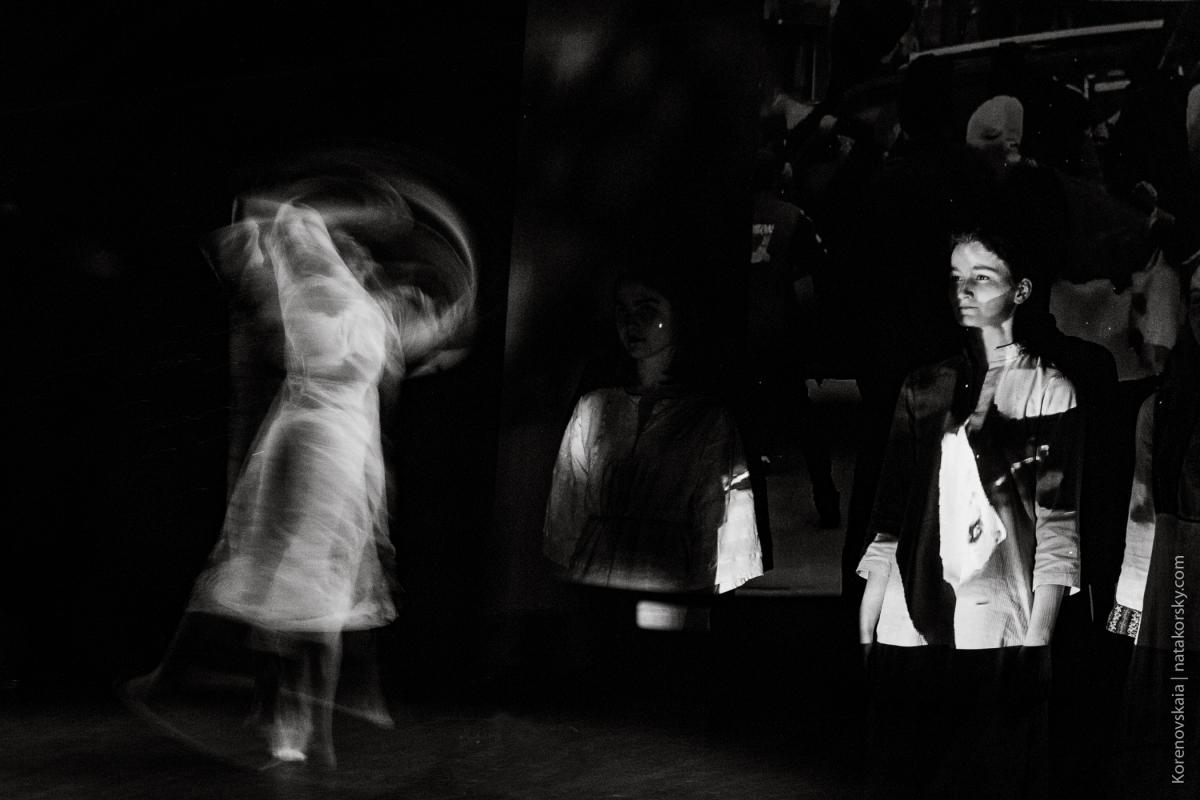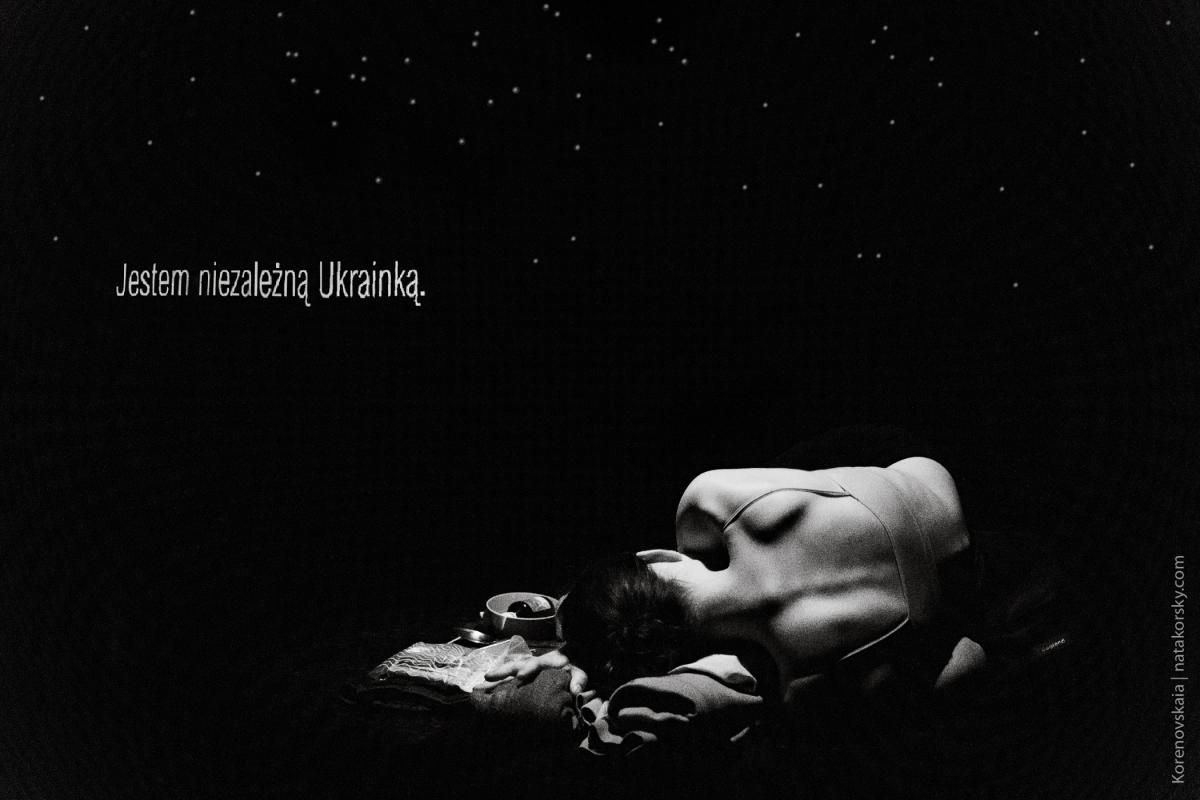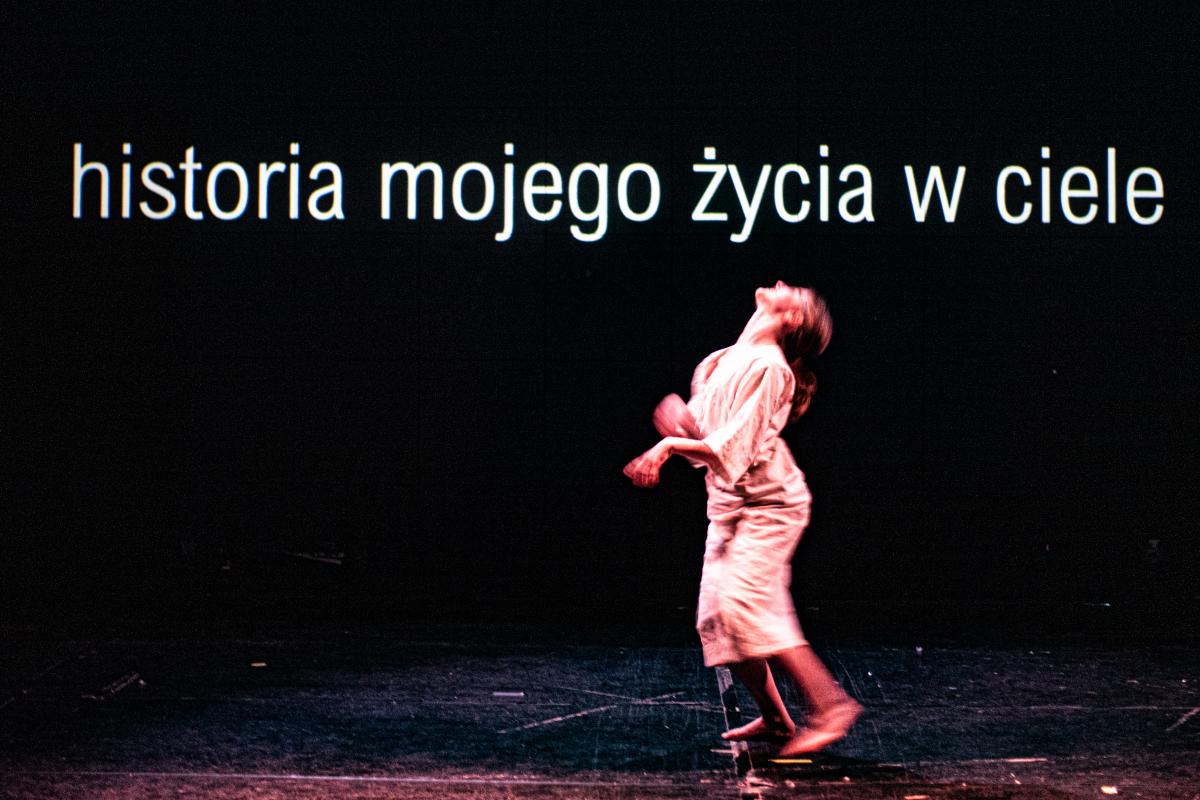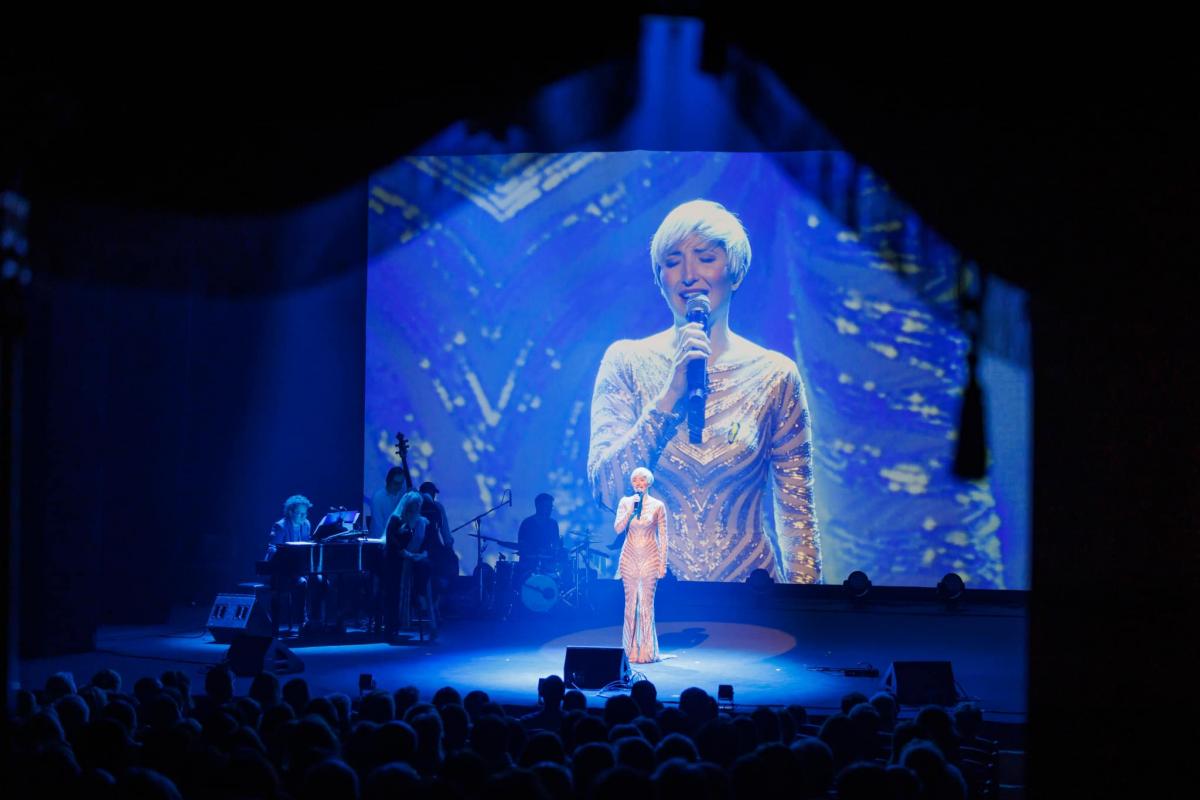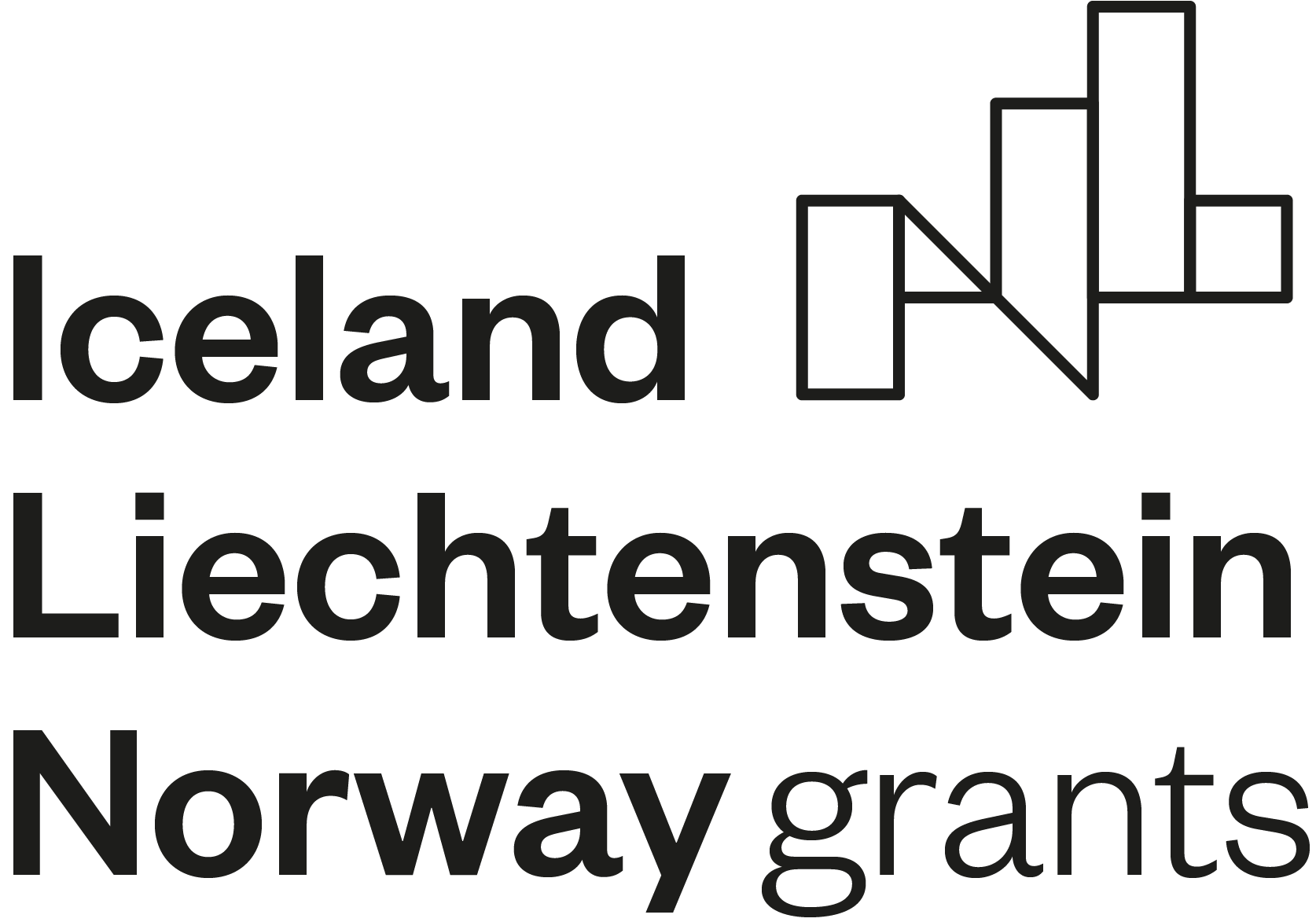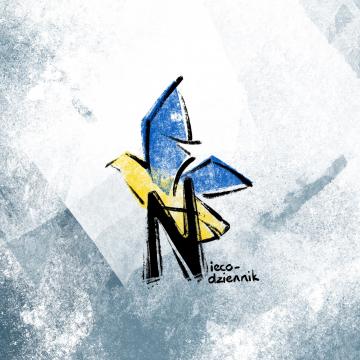
Journa(y)l #3 - Ukraina
For over a year, the future of Europe and the world has been decided east of Poland. Is war a daily reality for us after a year since the beginning of these events?
This month, we dedicated our attention to our Western neighbors. We have been asking questions about the future of Ukraine, and the condition of its citizens, and observing initiatives that have arisen over the year. A lot has changed since the outbreak of the war. Nobody is surprised anymore by news messages in Ukrainian, new neighbors who fled the war, new employees, or schoolmates. What has this year changed in our hospitality and thinking about who is our own and who is a stranger? On February 24, 2023, the world slowed down again. We remembered what had happened.
The History of Ukraine
After arriving in Poland from the bombarded city of Kharkiv, three young girls - now students at the National Academy of Theatre Arts in Wrocław - decided to create a performance about their history and memories connected to their lost home in response to the violence happening in their country. A year later, on the anniversary of the outbreak of the war, they performed the play again. Through movement and visualization, they invited the audience on a very personal journey to their hometowns. Once filled with children's smiles, now bombarded. The performance, speaking of strength and the victory that will surely come, questioned the price that must be paid along the way. Tears from the audience and the directness of the message also accompanied the discussion of the play. Thanks to the presence of the Ukrainian community, the conversation turned into a discussion about dreams, fears, and daily life. You can find a photo report from the performance on the Instagram of Teatr Gas. If you want to learn about the history of its creation, we invite you to listen to the reportage produced by the Juliusz Słowacki Theater in Kraków, which tells the story of the three artists.
Can Ukraine be Rebuilt Quickly?
More and more often, people talk about obtaining materials for building homes from recycling. Is such material durable? How is it obtained? We will undoubtedly find out soon when it comes time to rebuild Ukraine.
As an expert from AGH University of Science and Technology in Krakow, Anna Maj says: "The potential is huge. Every disaster is a human and environmental tragedy. The result is a pile of rubble. The debris must be segregated, and its contents - glass, plastics, textiles, electronics - must be transported and disposed of. There is a tremendous amount of work to do, but there is also a lot of material that can be reused. Some of what has been destroyed can simply be melted down - this applies to metals. Some fabrics will be suitable for reprocessing. As for the concrete rubble, it already has a well-known processing procedure. However, it is not perfect.
And this is where the opportunity for new technology arises - we use waste that is not suitable for recycling. A standard bag of rubble weighs 30 kg. Out of this 30 kg, statistically, 17 kg is large waste - with big pieces. It can be used as a base for roads, used to fill walls, mixed with cement, used as paving stones, etc. However, there is also dust from the rubble - that's our remaining 13 kg.
Thanks to solutions like Kompobet™, we can use it by mixing it with polymers - plastics that we heat to the appropriate temperature at which they become sticky, mix with the rubble, squeeze, and create, for example, a brick. Something that was waste becomes a building material."
You can read about plans to rebuild Ukraine in cooperation with the European Union within the framework of the New European Bauhaus here. Enjoy!
Solidarity with Ukraine
Anniversary concerts took place in every city in Poland. At our Słowacki Theater, on February 26, a concert called "Solidarity with Ukraine" was held. During the event, funds were collected to rebuild the theater and premiere "Dziady" (Forefathers' Eve) at the Ivan Franko National Academic Drama Theater in Ivano-Frankivsk. The concert, seen as an expression of solidarity with the Ukrainian theater community and its audience, featured Ukrainian and Polish friends: Julia Kamińska, Magda Steczkowska, Adam Pierończyk, Anna Syrbu, Natalia Strzelecka, Dominika Bednarczyk, Julia Latosińska, Karolina Kazoń, Hanna Bieluszko, Alina Szczegielniak, Marta Waldera, Marta Konarska, Bożena Adamek, Lidia Bogaczówna, Mateusz Bieryt, Rafał Szumera, Tomasz Augustynowicz, Tomasz Wysocki, Tomasz Międzik, Mateusz Janicki, Marcin Kalisz, Sławomir Rokita, Maciej Jackowski, Grzegorz Łukawski, Jacek Wojciechowski, Zuza Skolias-Pakuła, Wanda Skorny-Roszkowska, Werusha Band, Lela, Korali, Jakubowe Muszelki, Maciej Salus, Marcin Chatys, Halina Jarczyk, Aleksander Brzeziński, Bartek Szczepański, Aleksander Fijałek.
The event also featured a live connection with the Ivan Franko National Academic Drama Theater team in Ivano-Frankivsk, where the play will be produced, and together they sang the Ukrainian national anthem.

